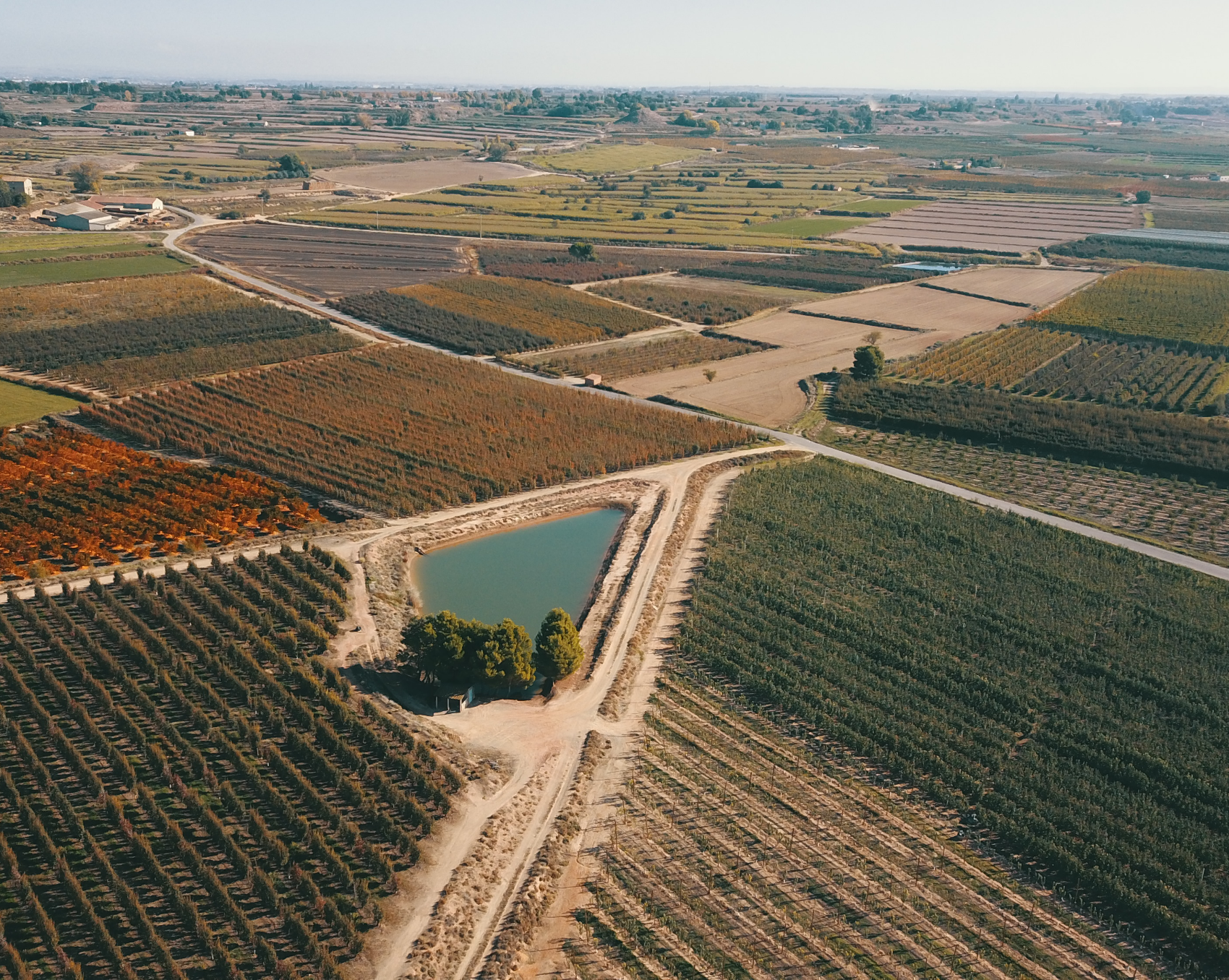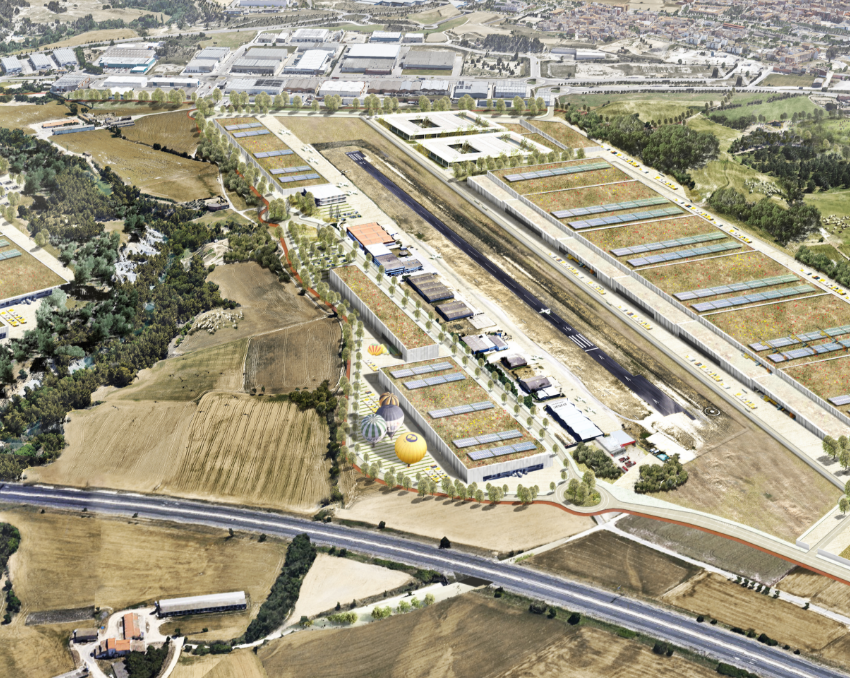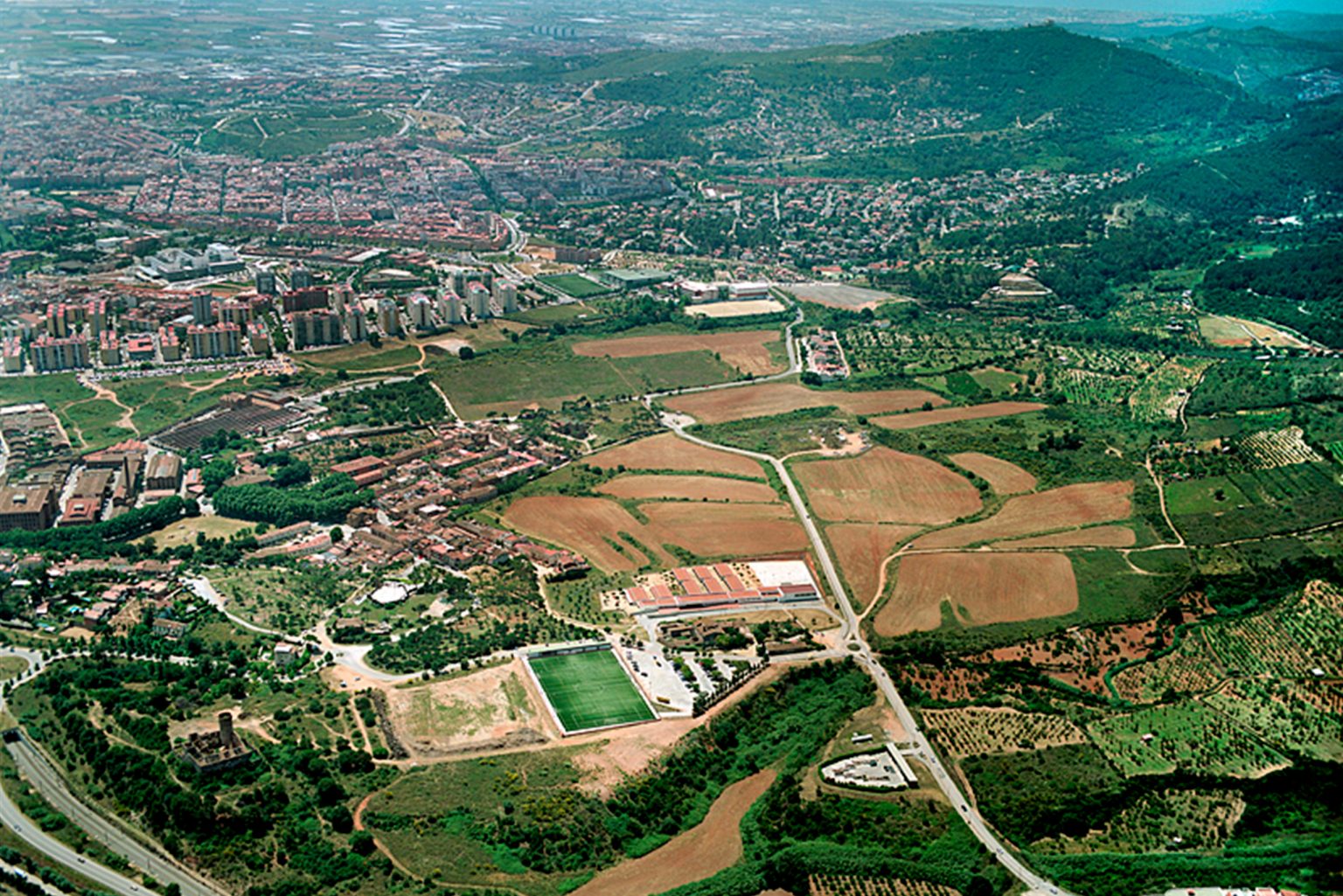27
January
2016
Share on networks
Interview: Isidre Gavín

Isidre Gavín, Managing Director of CIMALSA and Vice-President of Europlatforms
In the Catalan logistics sector, one of the main stakeholders is CIMALSA, a public company of the Government of Catalonia entrusted with promoting, developing and managing infrastructures and centers for goods transport and logistics.
You were recently named vice-president of Europlatforms, the European Association of Transport and Logistics Centers. On a global level, what would you say is the trend in managing logistics spaces?
There are many consolidated trends, especially in Europe, which are: first of all, incorporating value-added services into management, whether in terms of energy, sustainability, or safety. To put it another way, logistics spaces are increasingly demanding this type of services that bring value to the companies located there. Secondly, we have to mention the trends among large logistics operators to come together and create larger logistics platforms and bigger warehouses. Today, demand for warehouses with 150,000m2 or more is no longer the exception. And the third wide-reaching trend is intermodality, the capacity for these platforms to offer different modes of transport to operators. It must be noted that in terms of multi-modal facilities, central Europe is much more advanced than southern Europe. In any case, it is one of the clearest paths forward.
You mentioned intermodality as a key factor for the efficiency of logistics and for the European economy. Do you see any other key challenges facing the sector to move forward in Europe?
We need a much more resolute Europe-wide policy in logistics so corridors can be connected, breaking down European logistics barriers the same way the barriers have been eliminated at borders, allowing for free circulation of individuals or capital. One of the few arenas in Europe where there are still national borders is in freight logistics, especially on railroads. This means that the joint system of cargo rail corridors isn’t efficient enough for the whole European economy. For the TEN-T (Trans European Network -Transport – Freight) to become a reality, we need physical corridors with the same gauge track, with the same electrification, with the same regulations, that can be operated by public or private companies and that aren’t divided by national borders.
How will the Mediterranean corridor affect the Catalan and European logistics sectors?
The Mediterranean corridor is key for both the Catalan and European logistics sectors. In a globalized world, the European economy will be competitive if it has efficient logistics. Taking into account that southern Europe has significant shortcomings in terms of infrastructure, the Mediterranean corridor will have a decisive impact, for example, on bring goods from China to Europe, shortening the sea voyage by 3 or 4 days and, therefore, making it less expensive. We have to see that, not as a future advantage for ports in the south over the super-powerful ports of the north, but as a competitive advantage for the joint European economy and industry, which needs to export and import as efficiently and affordably as possible.
Let’s talk about CIMALSA’s role in all of this. What is CIMALSA’s core mission and what are its main actions in the logistics sector?
CIMALSA covers two wide-reaching arenas: on one hand, creating well-located, well-connected spaces in southern Europe and therefore promoting new intermodal projects linked to the Mediterranean corridor, with the ports and airports, to attract logistics and economic operators that can use efficient, competitive services. On the other hand, CIMALSA is leading the modernization of logistics services throughout Spain. In this regard, CIMALSA has the first logistics park in all of Spain with Green certification from the European Building Council. We’re also leading areas like implementing LEDs at logistics platforms, promoting alternative energy sources for transport and charging points for electric vehicles, encouraging natural gas fleets and smart logistics for spaces that feature and encourage the application of new technology and promote smart logistics parks.
CIMALSA is based on a public/private partnership model that is also present in other strategic economic sectors in our country. What does this model entail and what are its advantages?
The public/private model is where we’re most comfortable and the proof is that all of the management models we’re implementing at our logistics centers follow this model, with significant participation from the private sector, sharing the risks and rewards. And this is the model we want to use for new projects. It is clear that the serious financial crisis in the public sector in southern Europe has also led us to seek out this collaboration for new projects, but in the specific case of CIMALSA, the successful experience in managing logistics spaces for years now must also be noted. In this regard we have lines of communication open with private companies, both users and promoters, to develop specific projects.
Do you think this public/private partnership model that is so consolidated in Catalonia can be exported to other countries?
In the more developed areas of Europe, public/private partnership is a consolidated asset. However, in other countries and territories is it taking root much more slowly. In Spain, specifically, this management model needs to advance and improve much further. I think we’re a bit ahead here in Catalonia.
2015 was a record year for investment in logistics spaces in Catalonia, which leads the Spanish market, in large part thanks to the notable increase in e-commerce. What are the middle to long-term perspectives for the sector?
e-Commerce is a huge revolution and surely the main reason for this huge increase in logistics and leasing of logistics spaces, and this trend will continue. We also have to take into account that new urban logistics solutions are being designed, becoming a new phenomenon that will surely even further change the paradigm of how we define logistics spaces. So much so that the strong demand around cities like Barcelona is reaching its limit, forcing us to offer new projects in the metropolitan area to address these needs.









Subscribe our Newsletter
Subscribe
Follow us on social